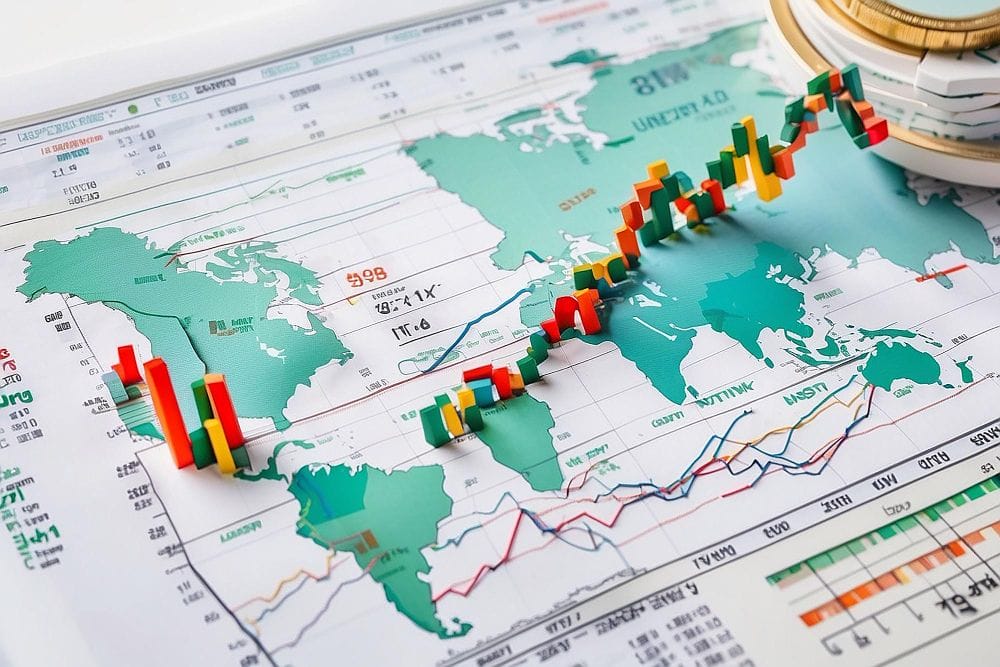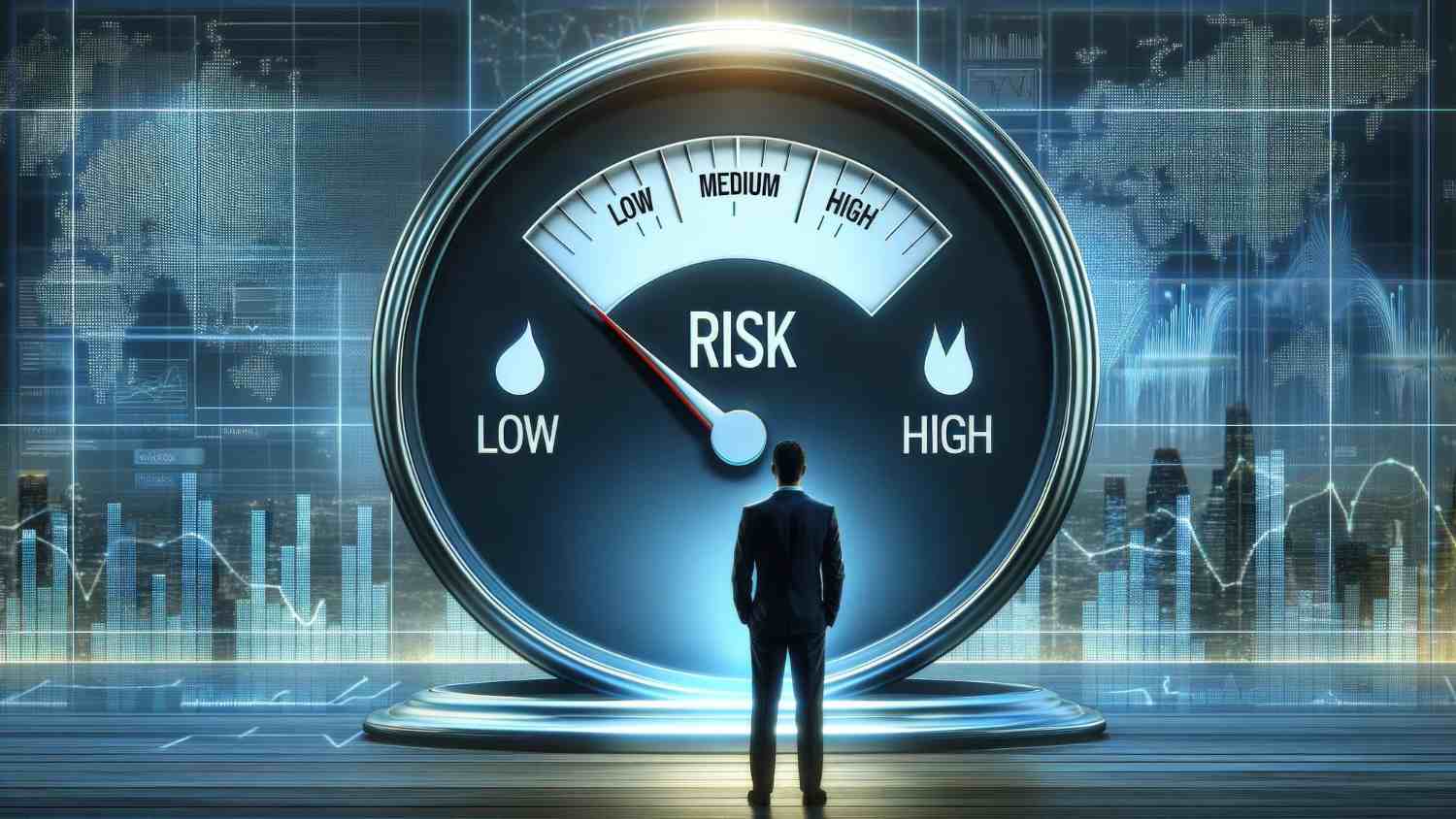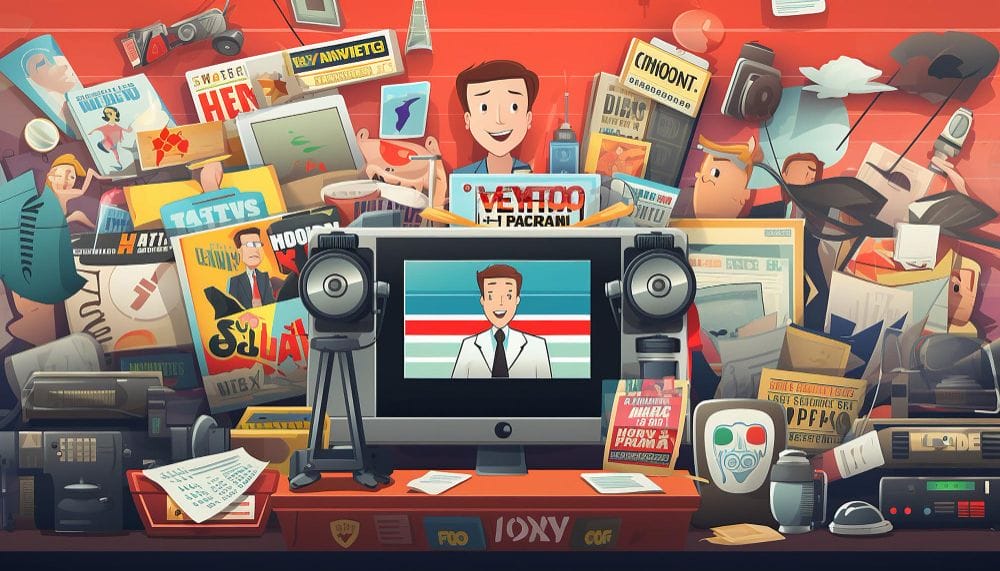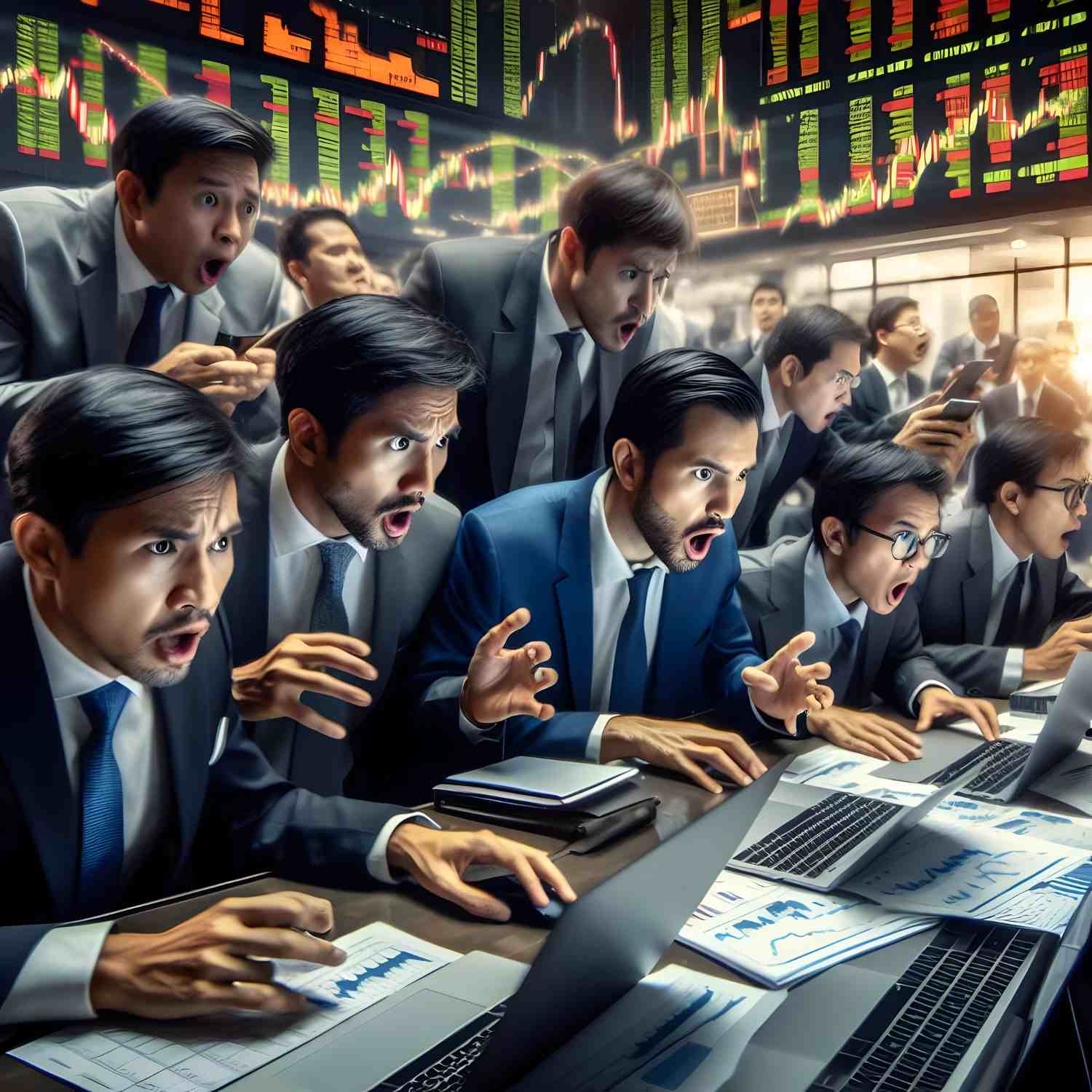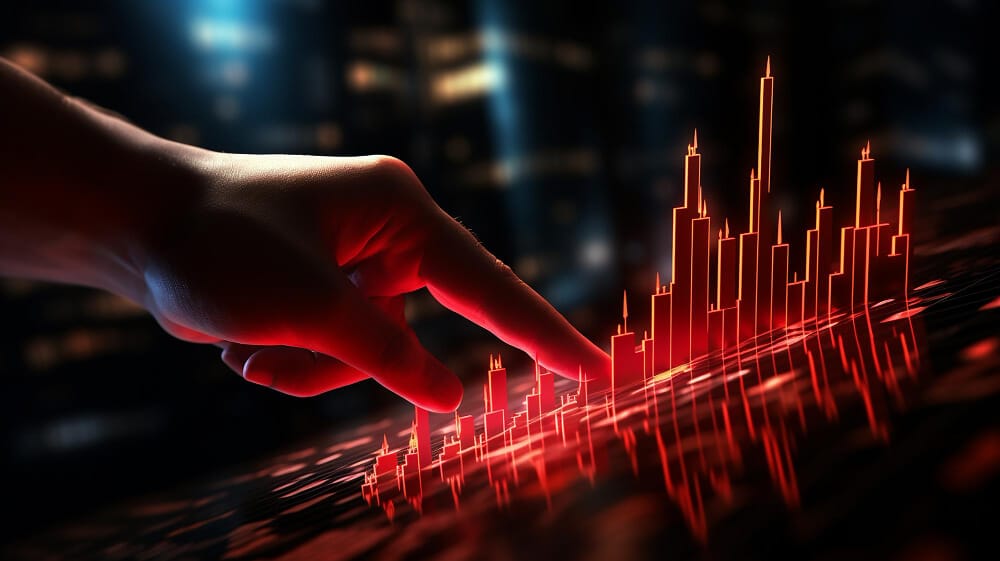Commodity trading can feel like a wild ride on a rollercoaster. One minute you’re up, and the next, you’re plummeting down. But what if I told you there are ways to smooth out the ride and outshine the competition? Buckle up, because we’re diving deep into the world of commodity trading, uncovering the hacks you need to rise above the rest.
Understanding Commodity Trading
What is Commodity Trading?
Commodity trading is like playing in a vast market sandbox where the toys are goods like oil, gold, coffee, and wheat. Traders buy and sell these physical goods or their futures contracts, aiming to profit from price changes. Sounds simple, right? But in reality, it’s a labyrinth of strategies, risks, and rewards.

Why Trade Commodities?
Why bother with commodities when you can trade stocks or forex? The answer is diversification. Commodities often move independently of other markets. When stocks are tumbling, gold might be shining. This diversification can be a cushion against market volatility. Plus, who doesn’t want to brag about owning a piece of gold or barrels of oil?
The Importance of Research
Know Your Market
Ever tried baking without knowing the recipe? Trading commodities without market knowledge is just as messy. Research is your best friend. Dive into market reports, historical data, and economic indicators. Understand what influences commodity prices – weather patterns, geopolitical events, and even social trends can play a part.
Analyze Supply and Demand
Commodity prices are a classic tug-of-war between supply and demand. When supply is low and demand is high, prices soar. Conversely, when there’s a glut of supply, prices drop. Keep an eye on factors affecting both sides. Crop yields, mining outputs, and consumer trends can give you clues about where prices are headed.
Developing a Strategy
Technical Analysis
Think of technical analysis as the detective work of trading. You’re looking for clues in price charts and trading volumes. Tools like moving averages, Bollinger Bands, and RSI (Relative Strength Index) can help you spot trends and potential reversals. It’s like solving a puzzle, but the reward is potentially big bucks.
Fundamental Analysis
While technical analysis is about reading the market’s mood, fundamental analysis is about understanding its mind. This involves looking at the bigger picture – economic indicators, interest rates, and political stability. If you know a storm is brewing in an oil-producing region, you can bet oil prices will be affected.
Risk Management
Let’s face it, trading is risky. But with smart risk management, you can protect your capital. Set stop-loss orders to limit potential losses. Diversify your portfolio to spread risk. And never, ever trade with money you can’t afford to lose. It’s like wearing a seatbelt – it doesn’t stop the crash, but it can save your life.
Staying Ahead of the Curve
Follow the News
Commodity markets are highly sensitive to news. A drought can send coffee prices soaring, while a political upheaval can crash oil prices. Stay updated with news from reliable sources. It’s like having a weather forecast for your trading – you can’t change the weather, but you can prepare for it.
Leverage Technology
In today’s digital age, trading without tech is like fishing without a net. Use trading platforms with advanced tools and analytics. Automated trading systems can execute trades faster than any human. And don’t forget mobile apps – they keep you connected to the market, no matter where you are.
Mastering the Emotional Game
Control Your Emotions
Trading isn’t just a numbers game; it’s an emotional rollercoaster. Fear and greed can cloud judgment. Stay calm and stick to your strategy. If you panic every time the market dips, you’ll end up making rash decisions. Think like Spock – logic over emotion.
Learn from Mistakes
Every trader has war stories – those disastrous trades that haunt them. But every mistake is a lesson. Analyze your losses and understand what went wrong. Did you ignore a key indicator? Were you swayed by emotion? Learning from your mistakes is the key to becoming a better trader.

Networking and Community
Join Trading Forums
Trading can be a lonely game, but it doesn’t have to be. Join online trading forums and communities. Share insights, ask questions, and learn from others. It’s like having a study group for trading – you gain knowledge and support.
Attend Webinars and Workshops
Invest in your education. Webinars and workshops offer valuable insights from experienced traders. They can introduce you to new strategies, tools, and market perspectives. Plus, networking opportunities can open doors to new trading opportunities.
The Power of Patience
Think Long-Term
Sure, day trading can be exciting, but don’t overlook the power of long-term investments. Some of the best profits come from holding positions over months or even years. Patience is a virtue in trading. It’s like planting a tree – it takes time to grow, but the fruit is worth the wait.
Avoid Overtrading
Overtrading is like overeating – it might feel good at the moment, but it’s harmful in the long run. Stick to your strategy and avoid making trades just for the sake of action. Quality over quantity should be your mantra.
Diversifying Your Portfolio
Why Diversify?
Putting all your eggs in one basket is a recipe for disaster. Diversifying your portfolio spreads risk and increases your chances of profiting from different market conditions. Include a mix of commodities – metals, energy, agricultural products. It’s like having multiple income streams.
How to Diversify
Don’t just stick to the big names like gold and oil. Explore lesser-known commodities like soybeans, natural gas, or even cocoa. Each commodity has its own market dynamics and opportunities. By diversifying, you’re not only spreading risk but also tapping into new profit potential.
Leveraging Market Trends
Seasonal Trends
Did you know some commodities have seasonal trends? For instance, agricultural products like wheat and corn follow planting and harvesting cycles. Understanding these trends can give you an edge. It’s like knowing the best time to buy and sell.
Economic Cycles
Commodity prices are often tied to economic cycles. During economic booms, demand for industrial commodities like copper and oil rises. During recessions, prices can fall. Keep an eye on the economic indicators and adjust your trading strategy accordingly.
The Role of Speculation
Understanding Speculation
Speculation is a double-edged sword. On one hand, it can lead to significant profits. On the other, it can amplify losses. Understand the difference between speculation and investment. Speculation involves higher risk and requires a keen understanding of market movements.
Speculative Strategies
If you’re into speculation, strategies like swing trading or scalping might appeal to you. These involve taking advantage of short-term price movements. But remember, with high reward comes high risk. Use leverage cautiously and always have a clear exit strategy.
Using Futures and Options
What are Futures and Options?
Futures and options are financial instruments that can boost your trading potential. Futures involve a contract to buy or sell a commodity at a future date at a predetermined price. Options give you the right, but not the obligation, to buy or sell at a specific price. Both can be used to hedge risk or speculate.
How to Trade Futures and Options
Trading futures and options requires understanding margin requirements, contract specifications, and expiration dates. It’s like playing chess – you need to think several moves ahead. Use these instruments wisely to enhance your trading strategy.
Conclusion
Commodity trading is not for the faint of heart. It requires knowledge, strategy, and emotional control. But with the right hacks, you can outshine the competition. Remember to do your research, develop a solid strategy, manage your risk, and stay updated with market news. Embrace technology, learn from your mistakes, and be patient. Diversify your portfolio and leverage market trends. And above all, control your emotions and stay focused. Happy trading!
FAQs
1. What is the most profitable commodity to trade?
There isn’t a one-size-fits-all answer. Profitability depends on market conditions, your knowledge, and strategy. Historically, gold and oil have been lucrative, but it varies.
2. How much capital do I need to start commodity trading?
You can start with as little as $500, but having more capital allows better diversification and risk management. Ideally, aim for at least $5,000 to $10,000.
3. Can I trade commodities without a broker?
No, you need a broker to access commodity markets. Choose a reputable broker with low fees, robust platforms, and good customer service.
4. What are the risks of commodity trading?
Commodity trading is risky due to price volatility, leverage, and market unpredictability. Proper risk management and a well-thought-out strategy are crucial.
5. How can I stay updated with commodity market news?
Follow reliable financial news sources, join trading forums, and use trading apps that provide real-time updates. Staying informed is key to successful trading.

